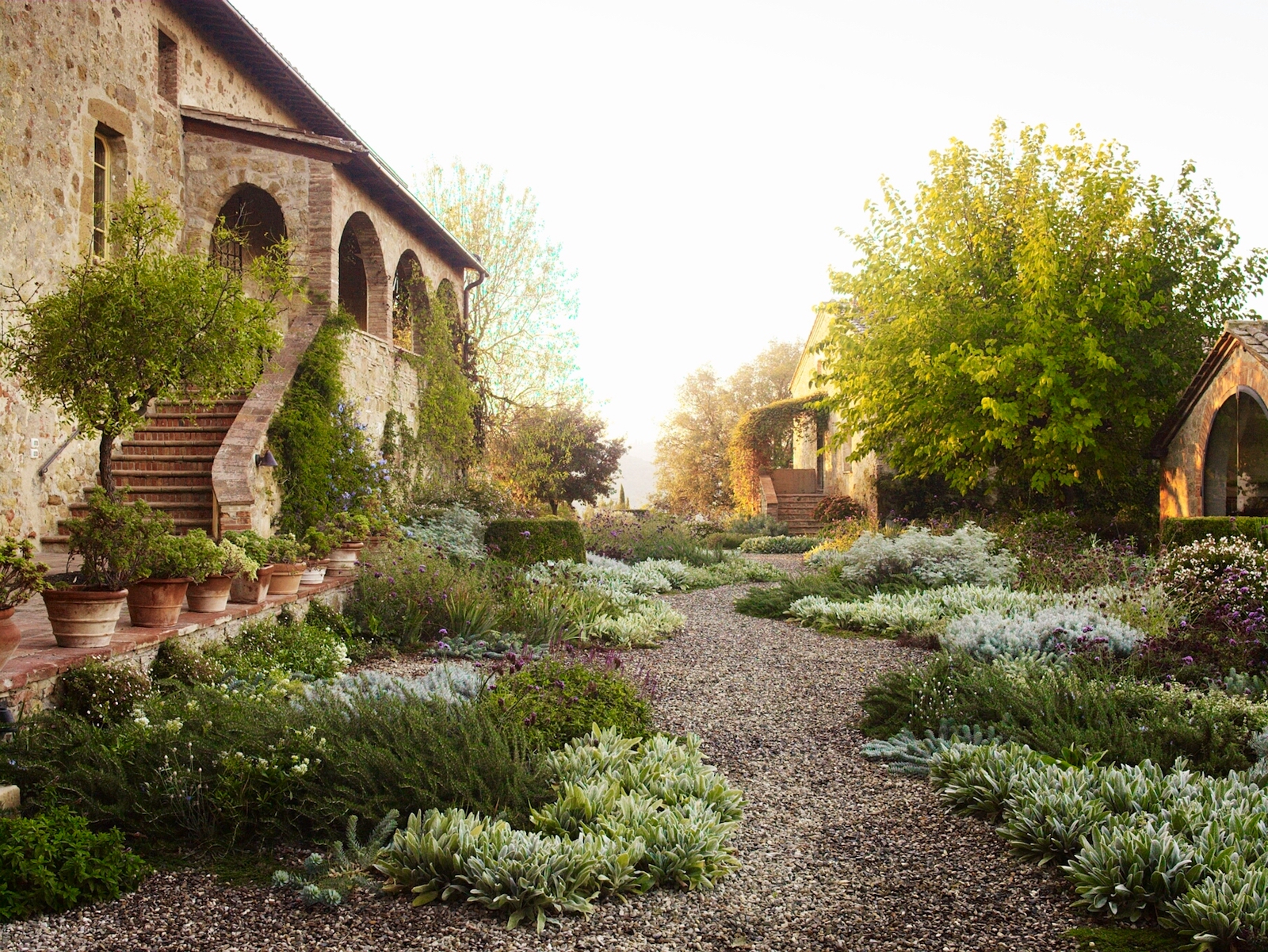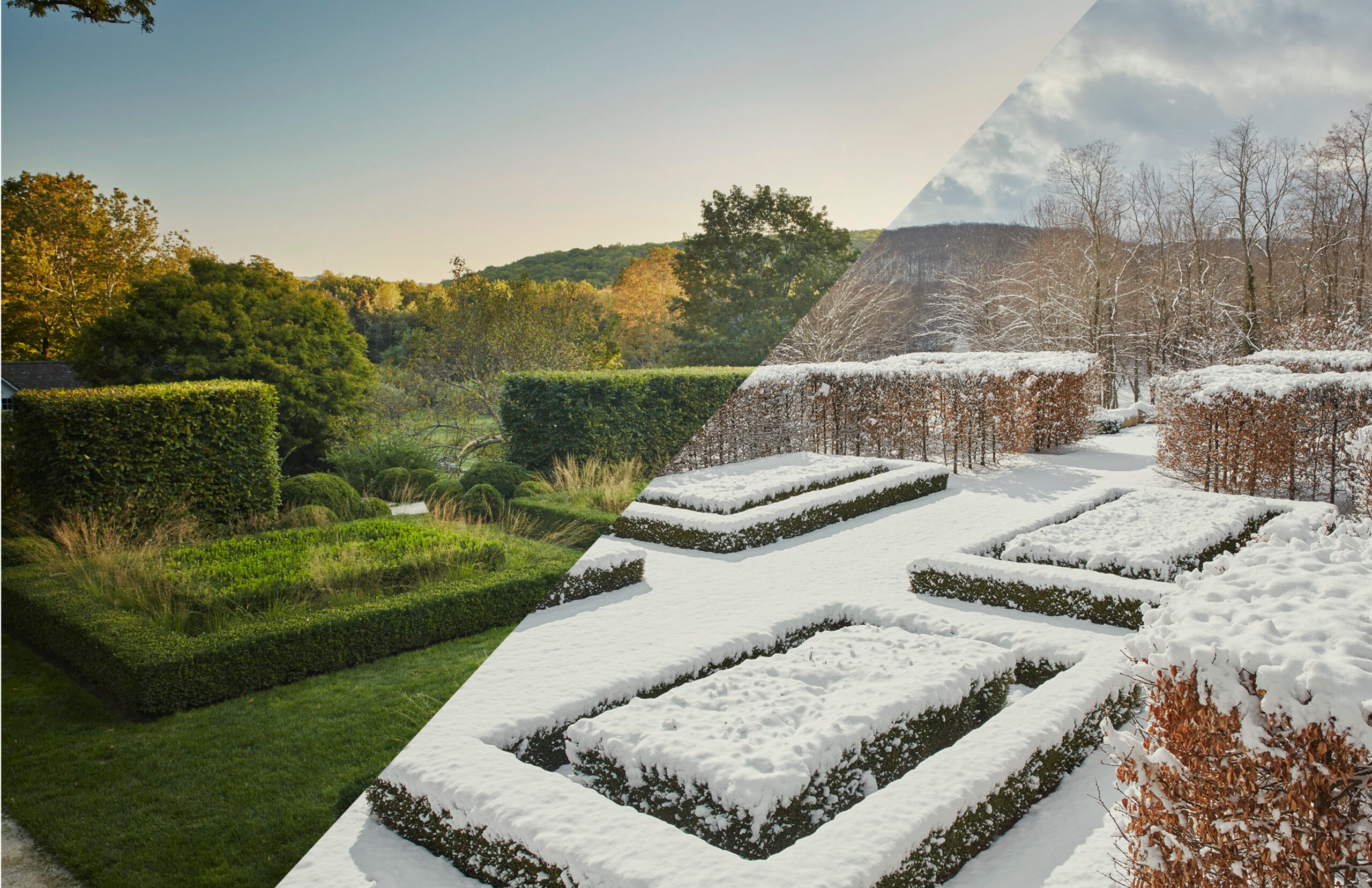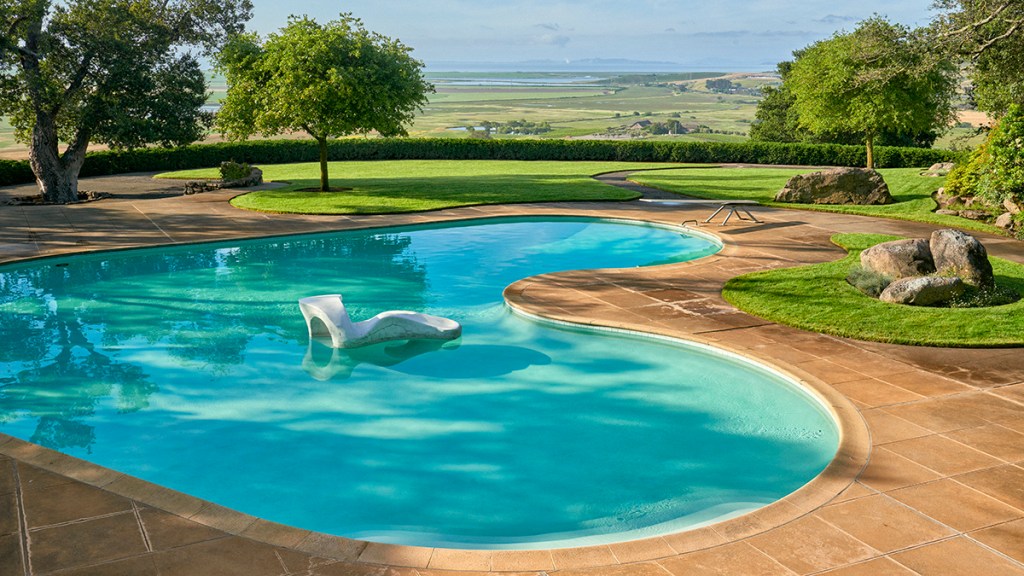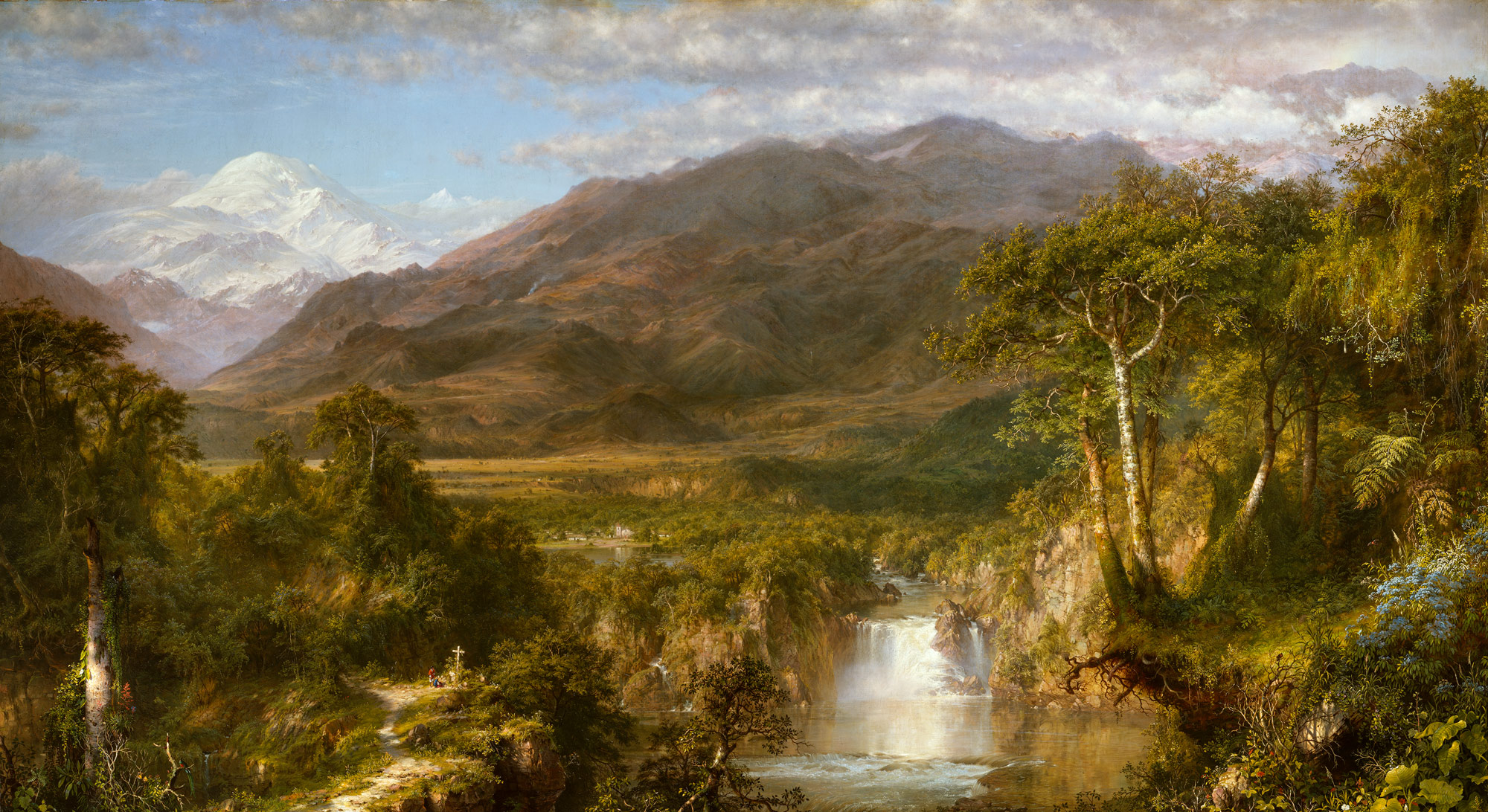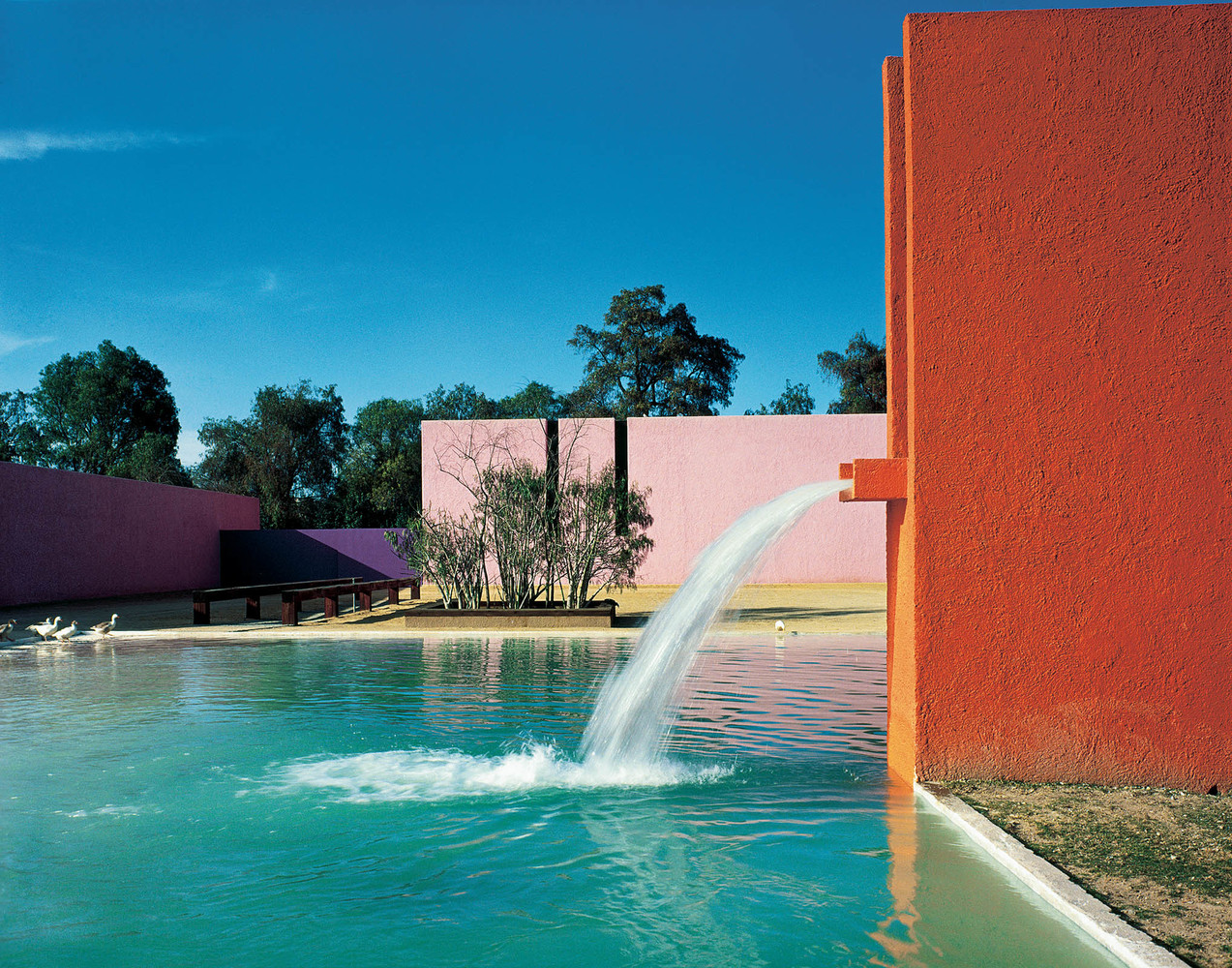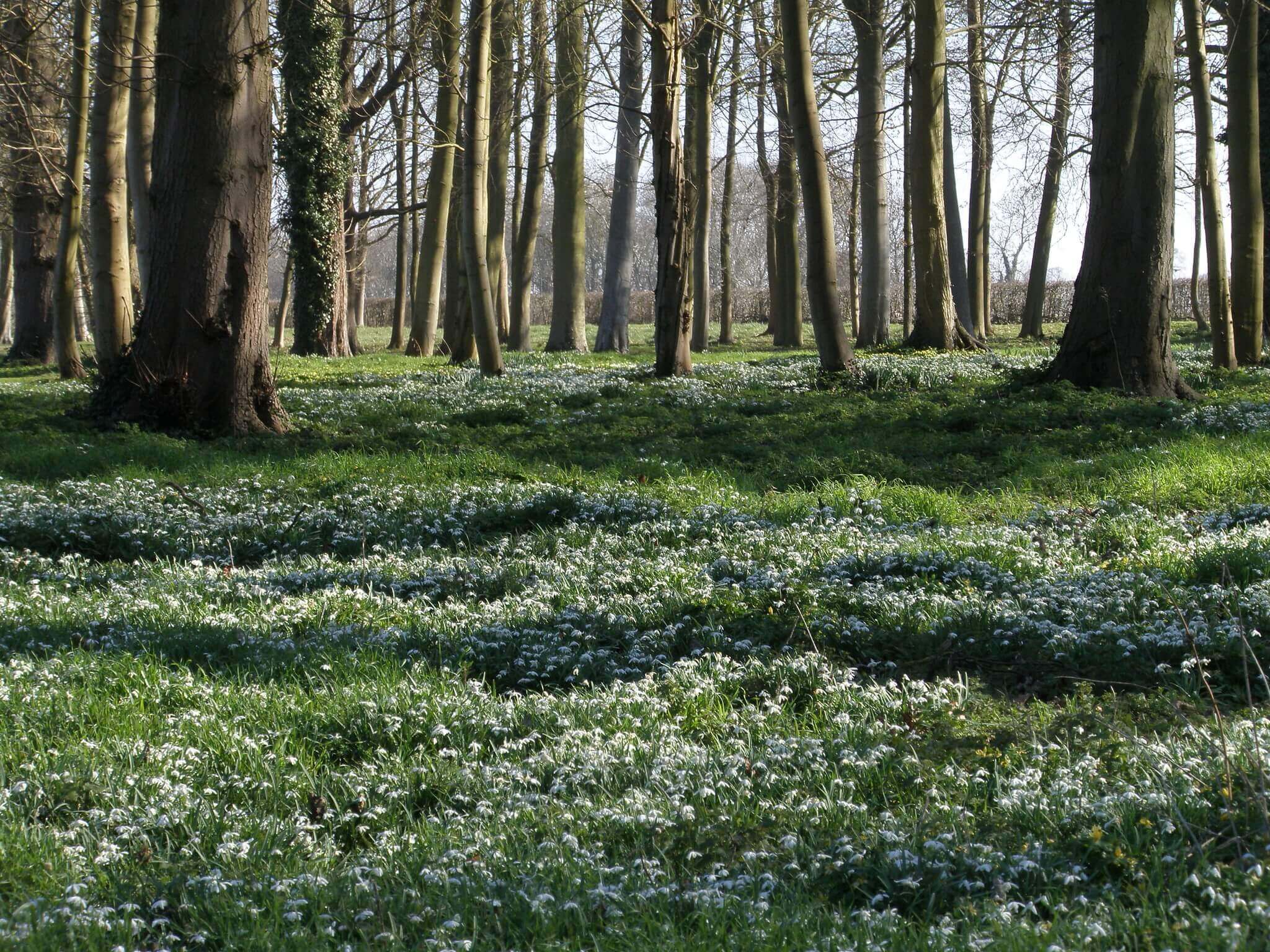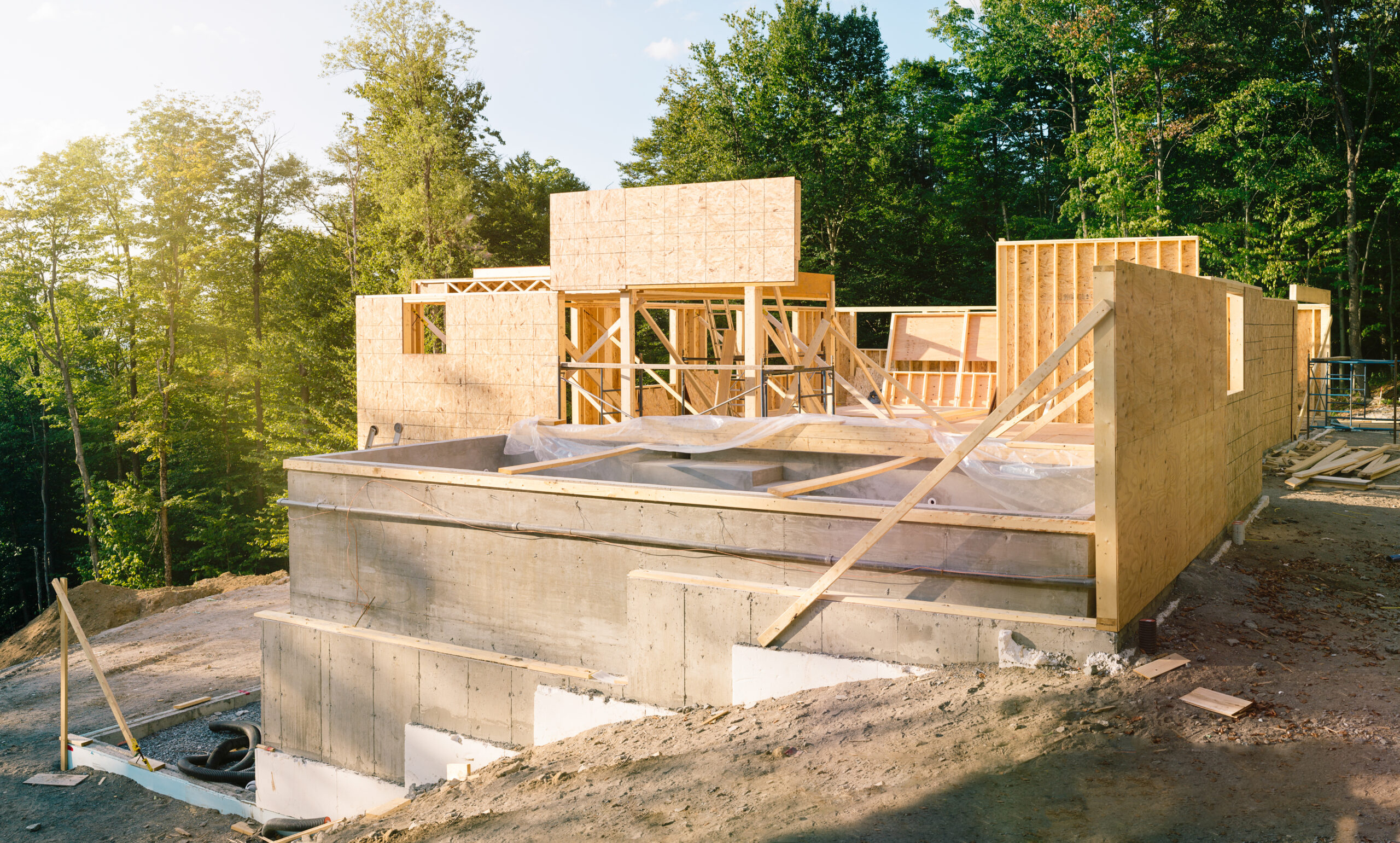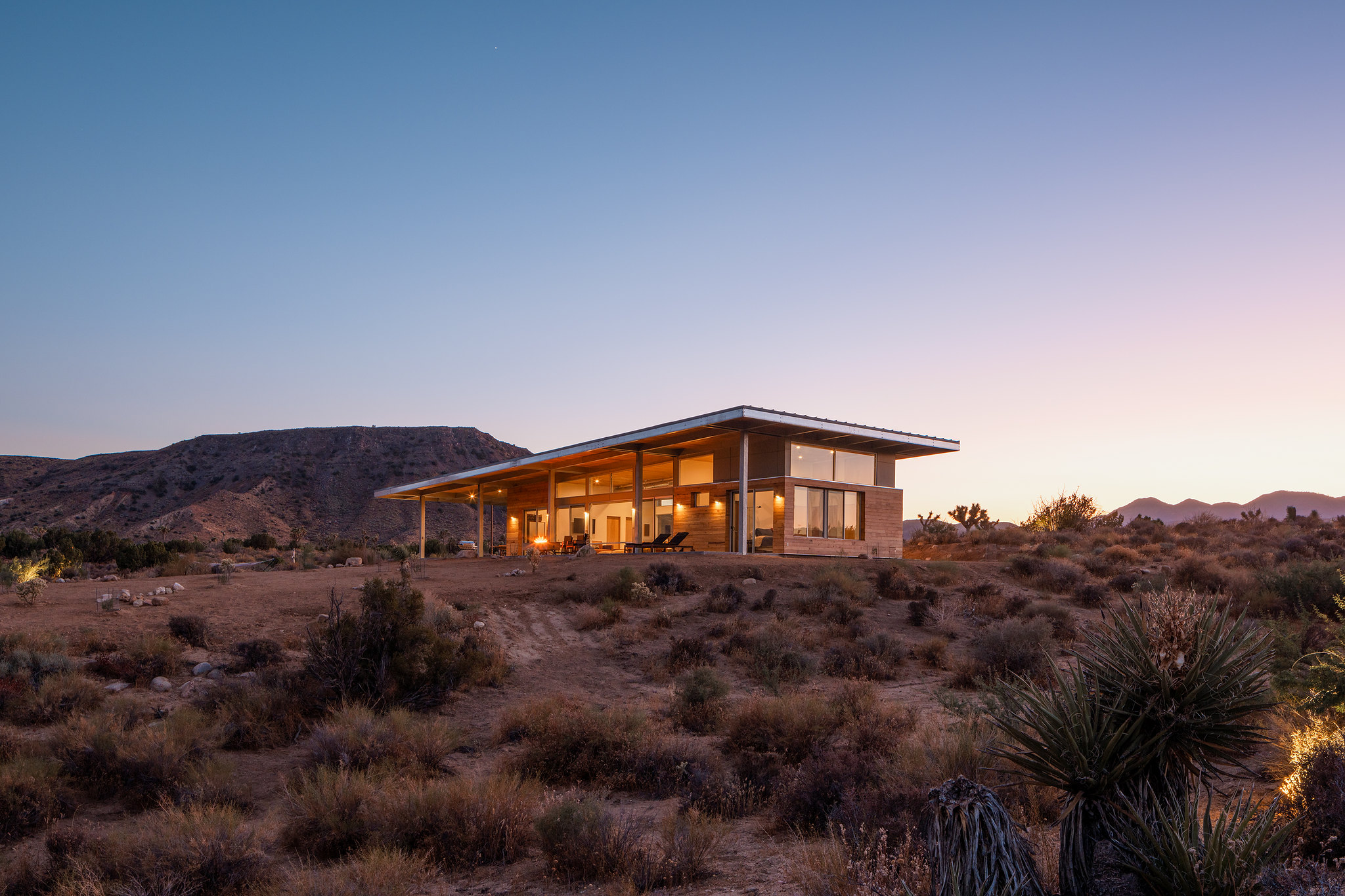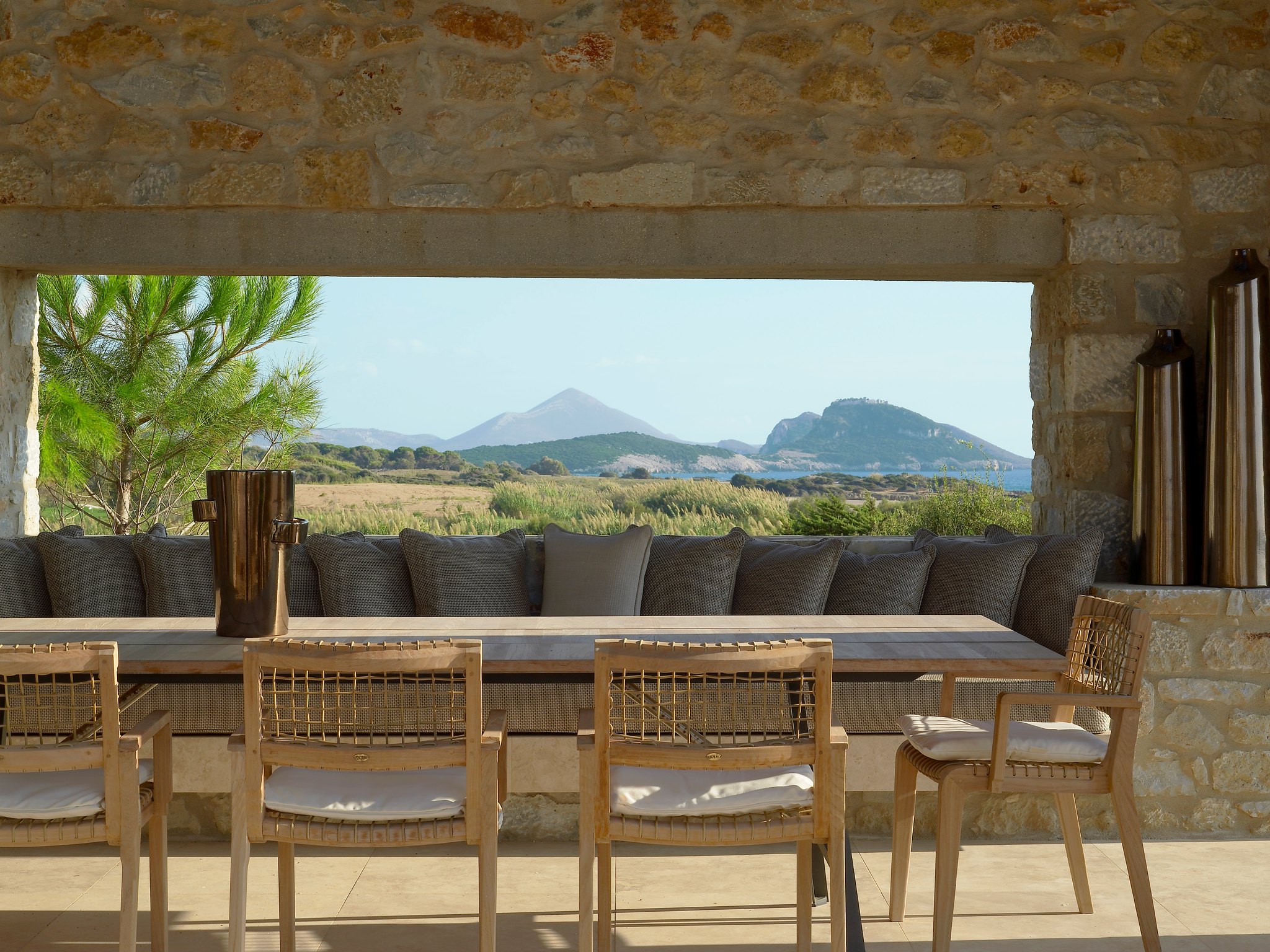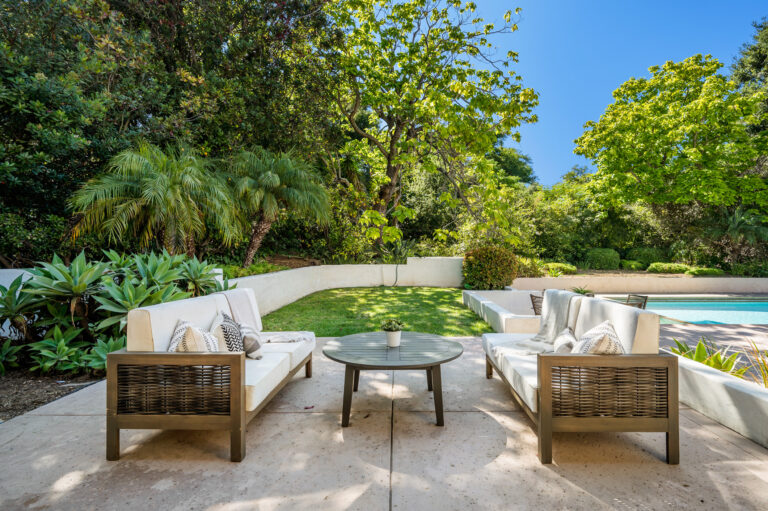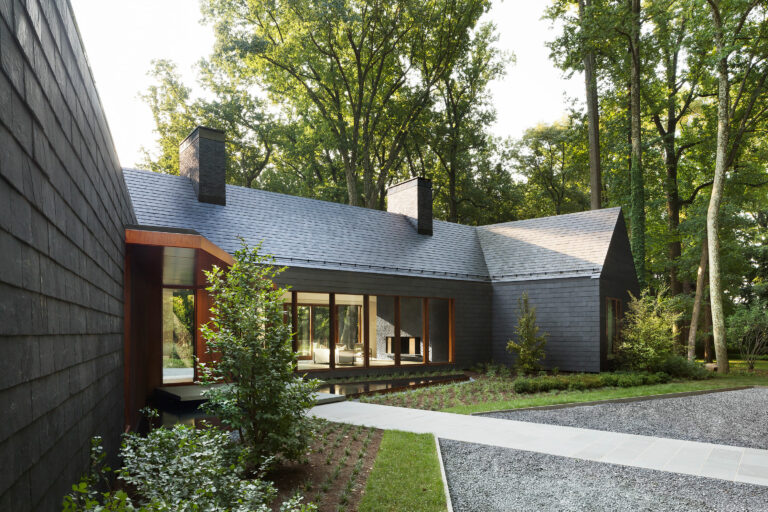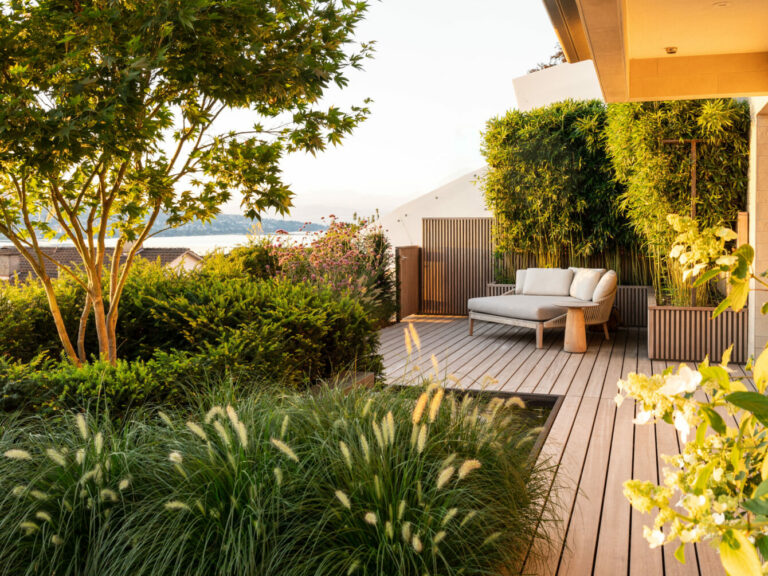Characterized by elegance, Luciano Giubbilei designs a series of poetic gardens weaving between Val d’Orcia, a UNESCO site in Tuscany, Italy.
Through a combination of materials, the garden presents an opportunity to develop new plant combinations while exploring the way the landscape is affected by seasonal changes.
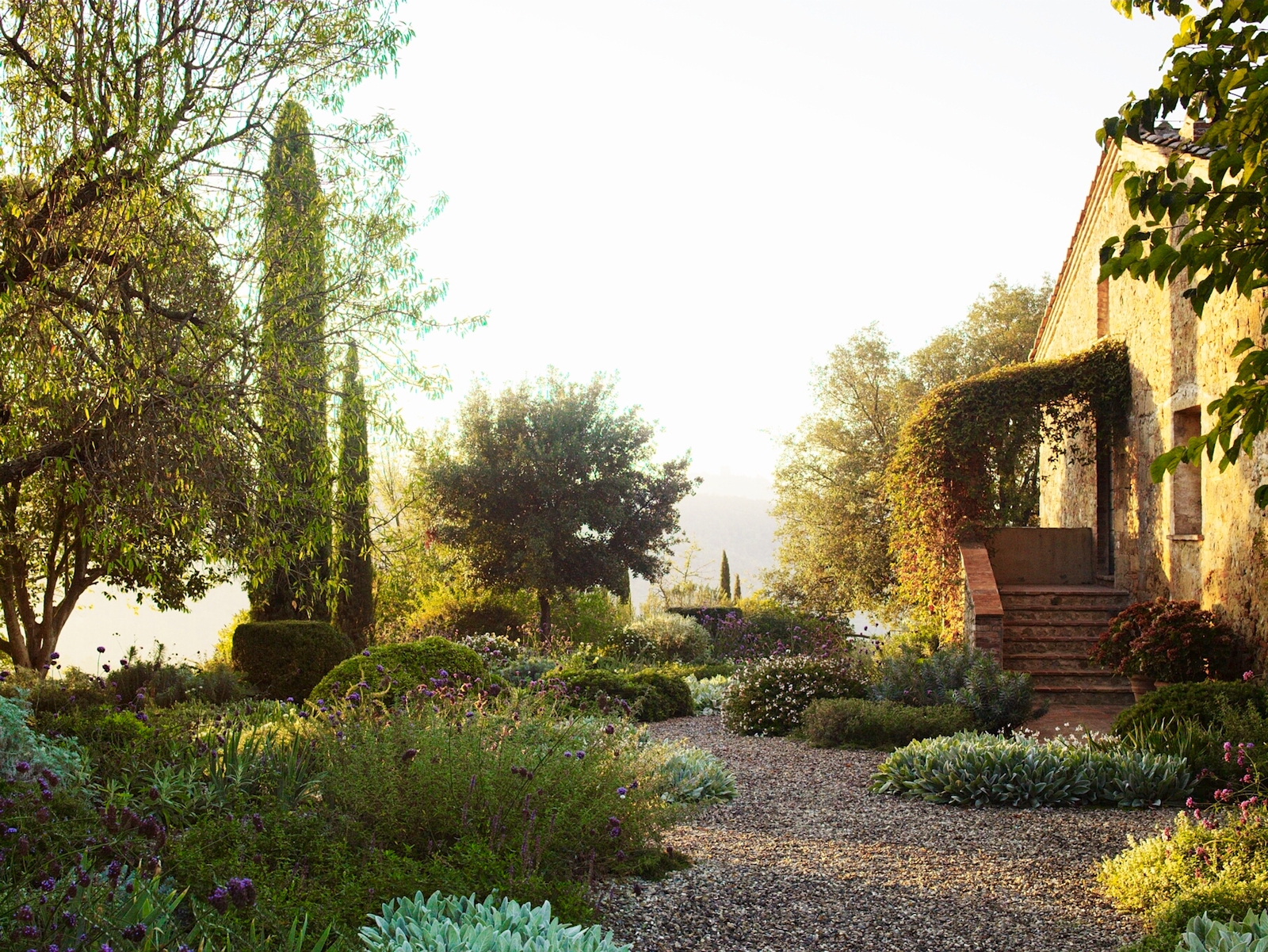
Navigating through these spaces, visitors experience diverse plantings alongside varying expressions of perspective, proportion, volume, rhythm, connection, and transition.
Designed as a series of distinct rooms, each space offers a unique ambiance and identity, allowing users to meander through a loose gravel pathway leading your eye towards the next destination.
SHOP LANDSCAPE ARCHITECTURE BOOKS
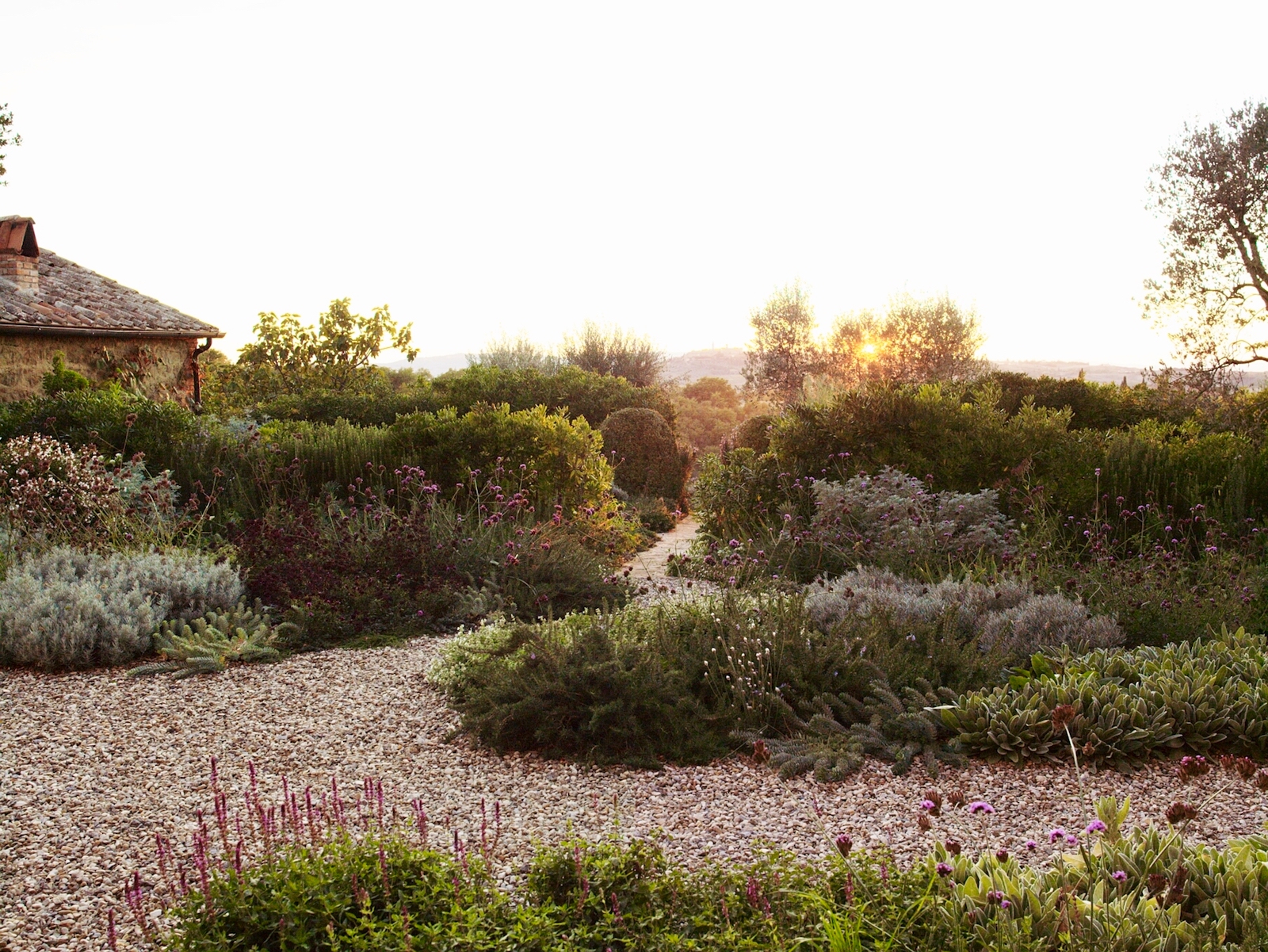
Retaining the classical balance and proportion, Val d’Orcia embraces an interplay of light and shade, while experimenting with innovative forms, creating texture and color throughout.
While taller trees offer a contrast in scale and form, the natural light filters through the foliage, creating a tranquil atmosphere which highlights the natural beauty of the surrounding environment.
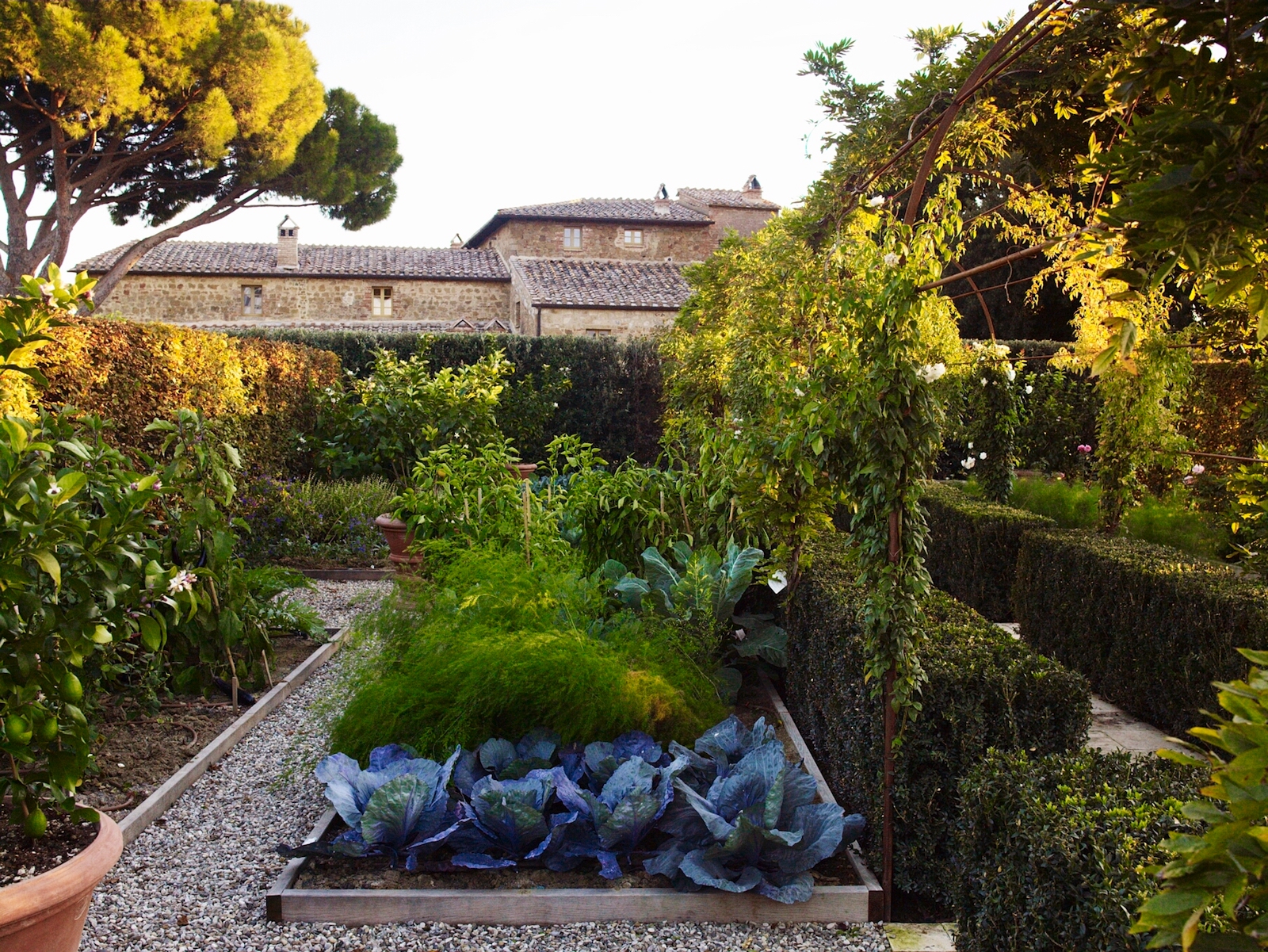
Enclosed by hornbeam hedges and featuring a central pergola adorned with wisteria and roses, the vegetable garden incorporates elements from the medieval hortus conclusus and the English kitchen garden tradition.
Beyond the structured courtyard and vegetable garden, the Mediterranean garden seamlessly integrates with the surrounding architecture, blending an array of flowers, shrubs, and aromatic plants set in gravel.
ENROLL IN ONLINE COURSES FOR LANDSCAPE
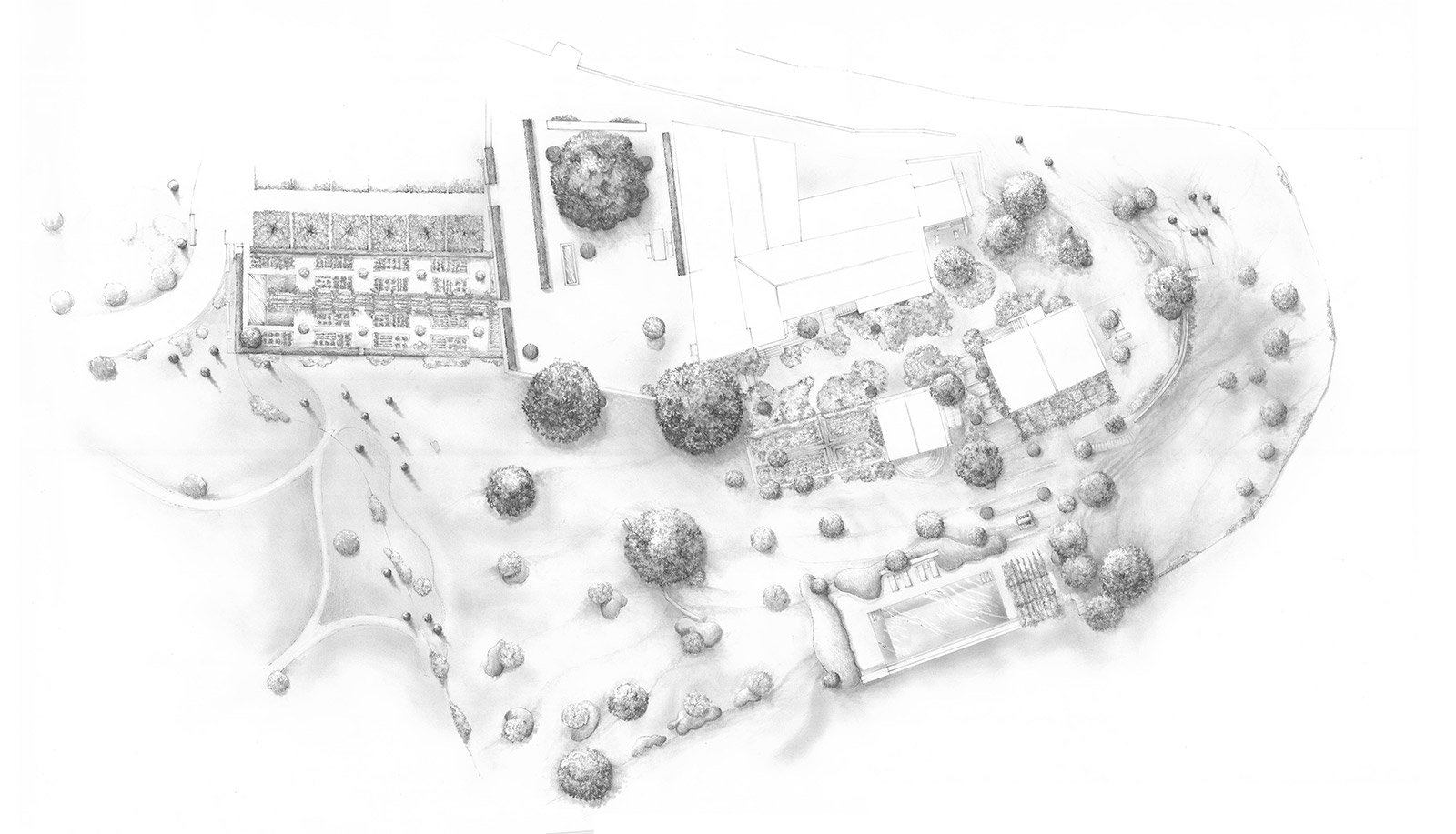
Luciano Giubbilei’s trademark geometric greenery is softened by a kind of “wild yet lavish” spirit, in which a sense of proportion is balanced by a gestural frugality and a confidence of vision.
His approach is rooted in his Italian upbringing, which taught him the value of the landscape as an instrument for storytelling and the importance of a synthesis between art and nature.
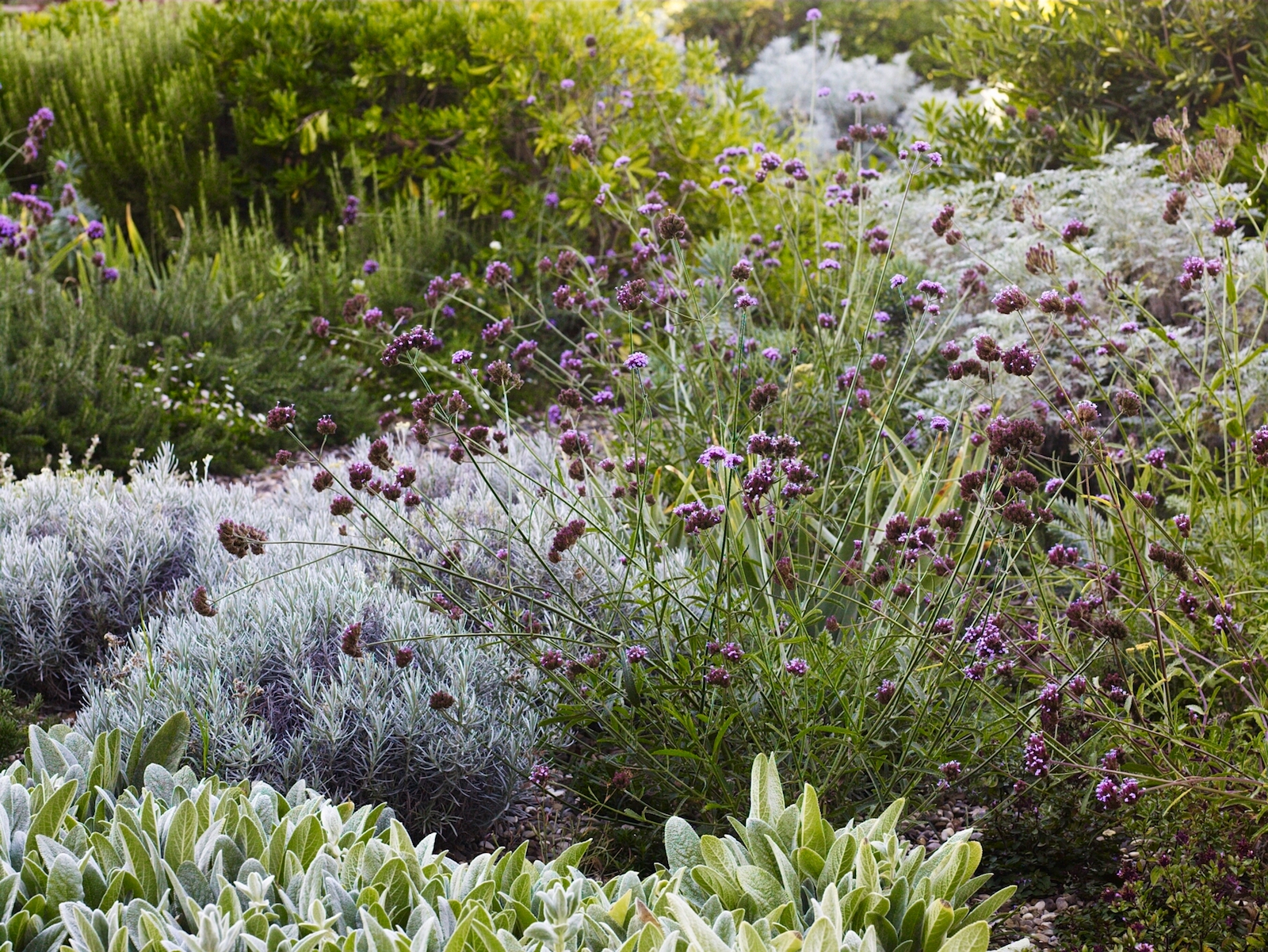
Within the landscape, Luciano Giubbilei uses plants such as Lamb’s Ear (Stachys byzantina) that are able to break up various textures with their own organic vitality.
The result is a garden of movement and change, with each season bringing different colors and scents that bring a sense of energy to the space.
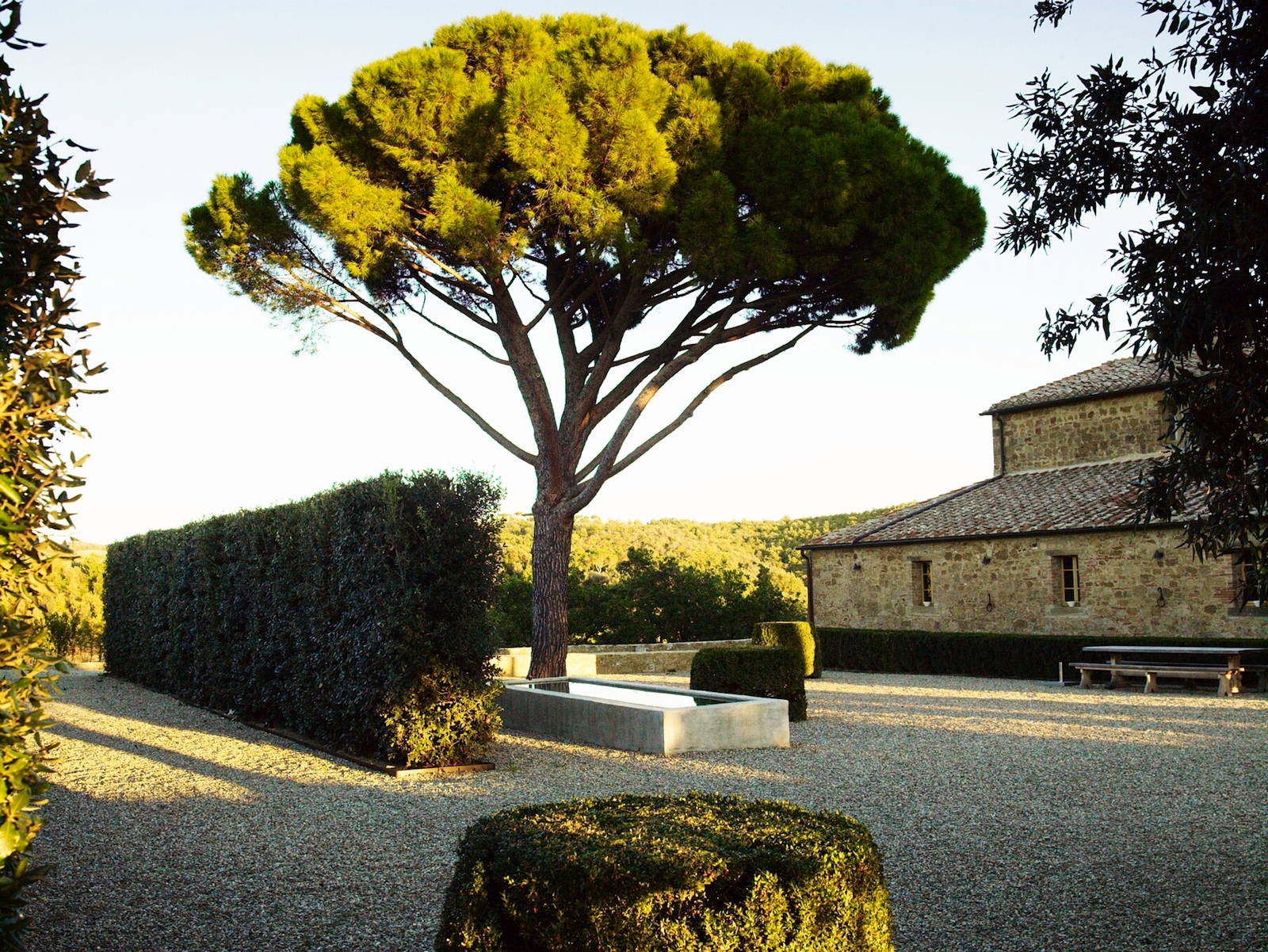
With a background in architecture and a master’s degree from the London-based Inchbald School of Garden Design, Luciano Giubbilei has established an international reputation.
His gardens are characterized by a poetic aesthetic, using the classical proportions of Italian formal gardens to generate sonnet-like structures of repetition and variation.
His approach is governed less by strict rules than by a quiet resistance, not one of defiance but of the kind of quiet melancholy that can be found in great art.
Giubbilei’s work is deeply rooted in its surroundings, whether a Tuscan hilltop village, the dappled sunlight of an oleander tree or the rough-hewn stone walls of a Romanesque villa.
This sense of place informs the way that he uses plants, with the emphasis placed on long-term relationships rather than instant drama.
